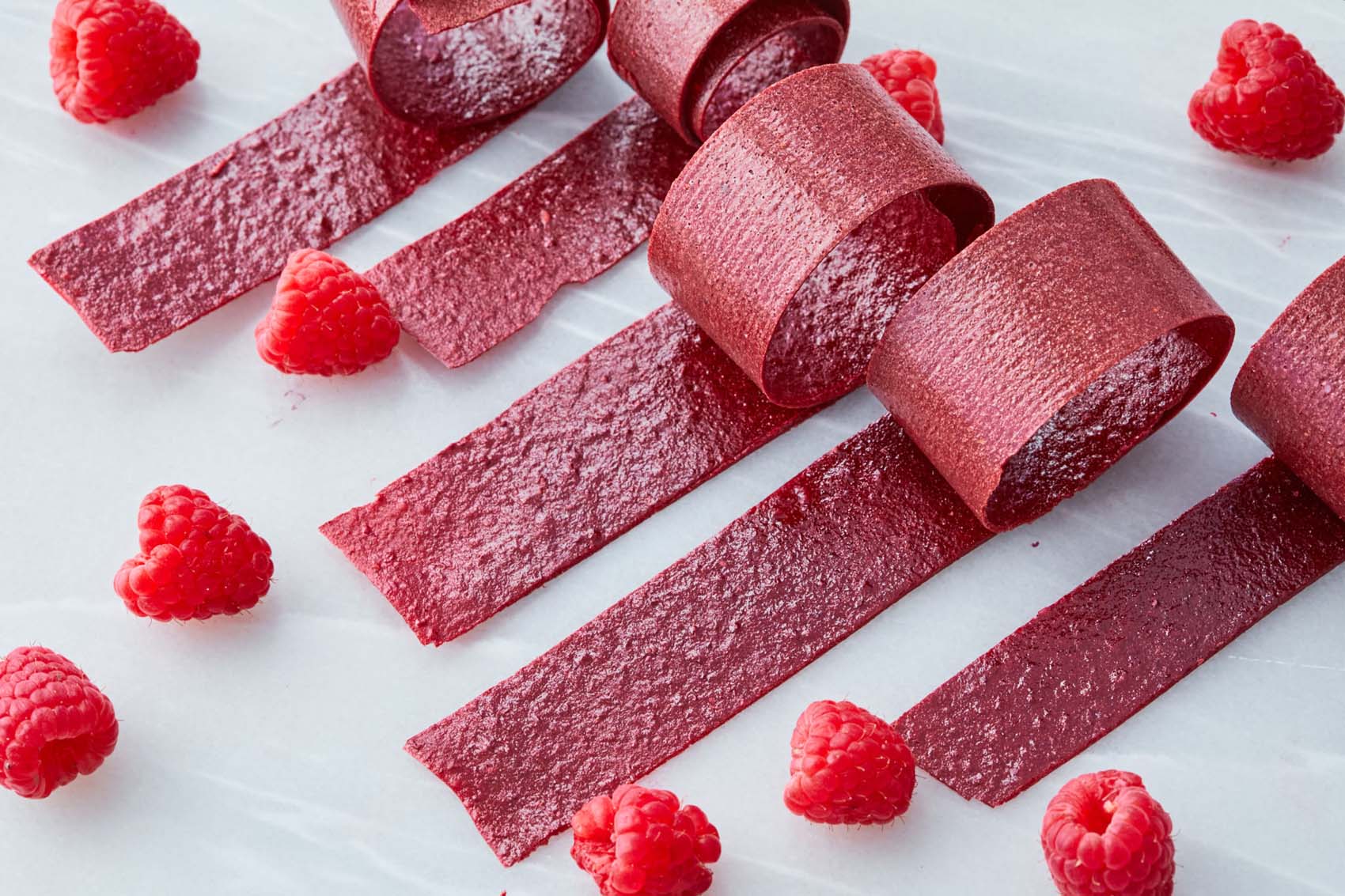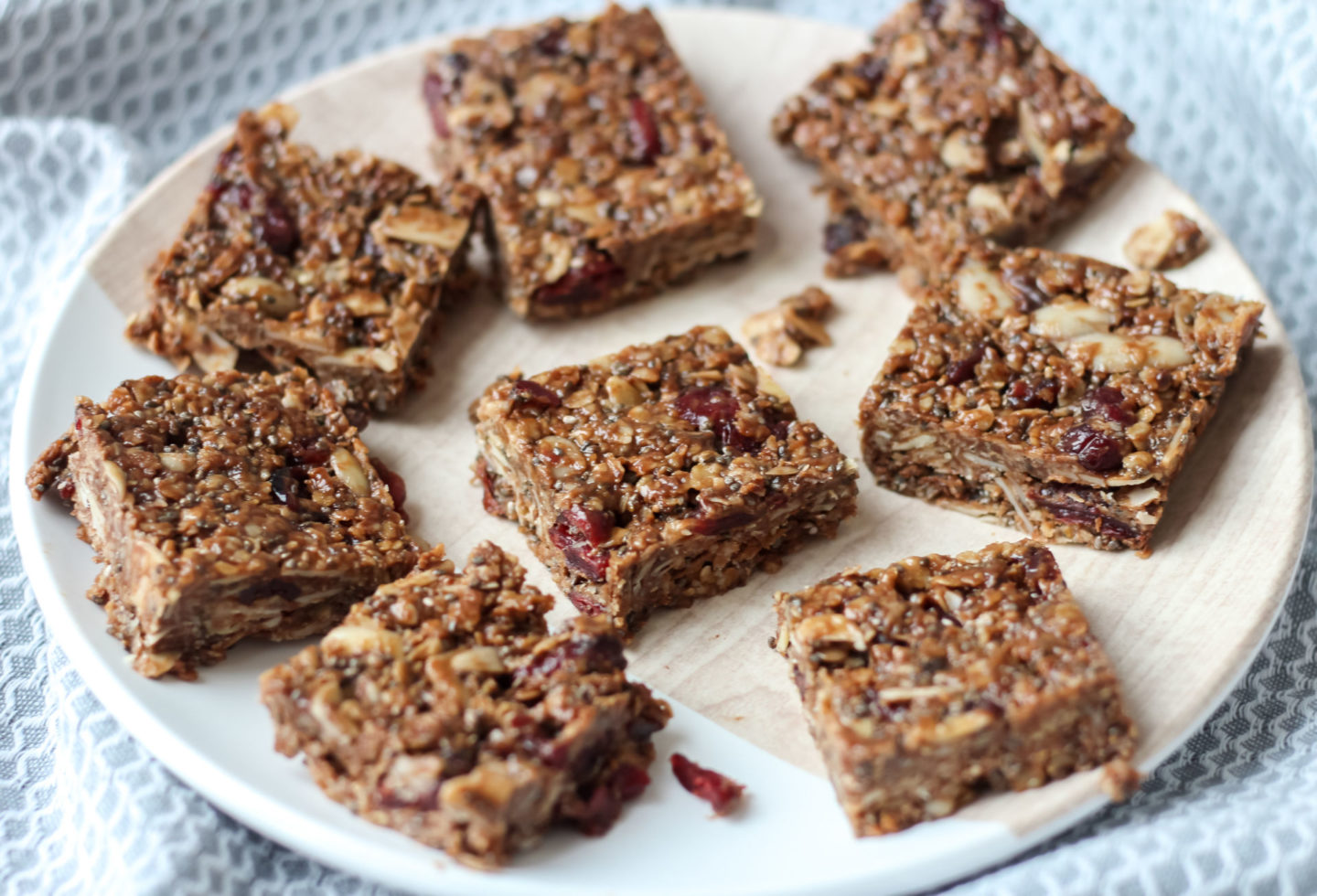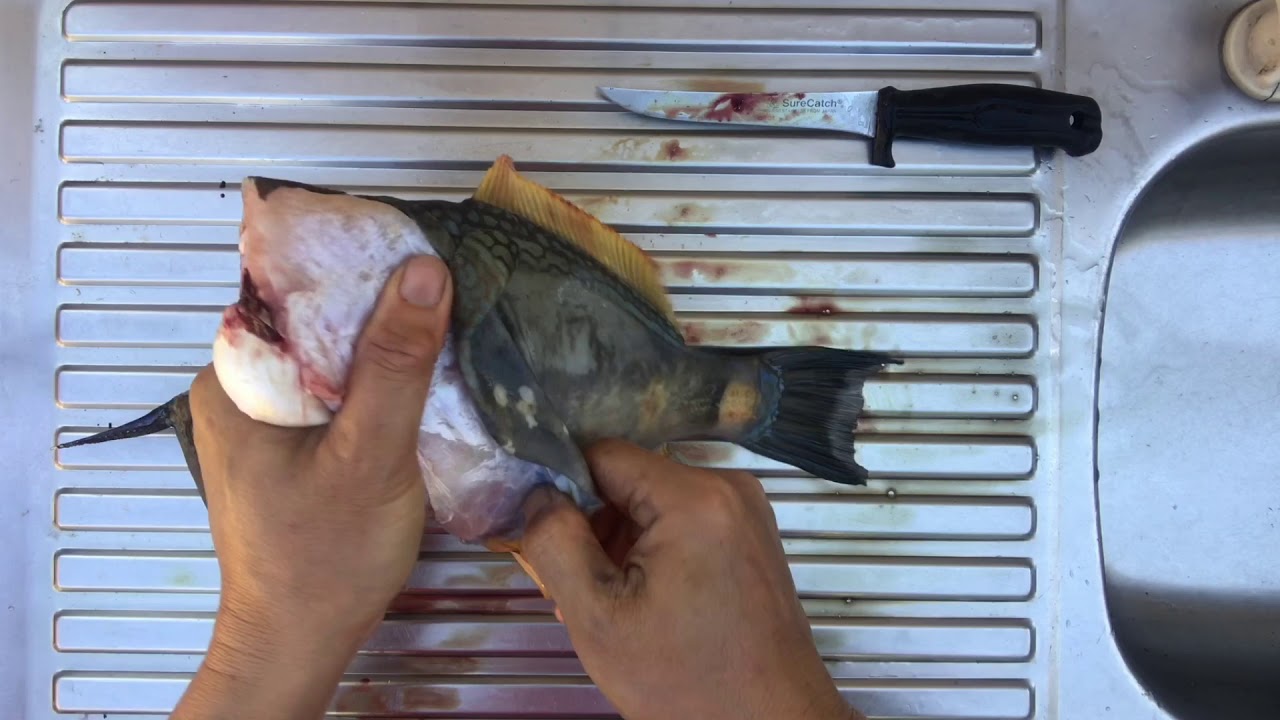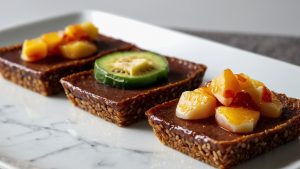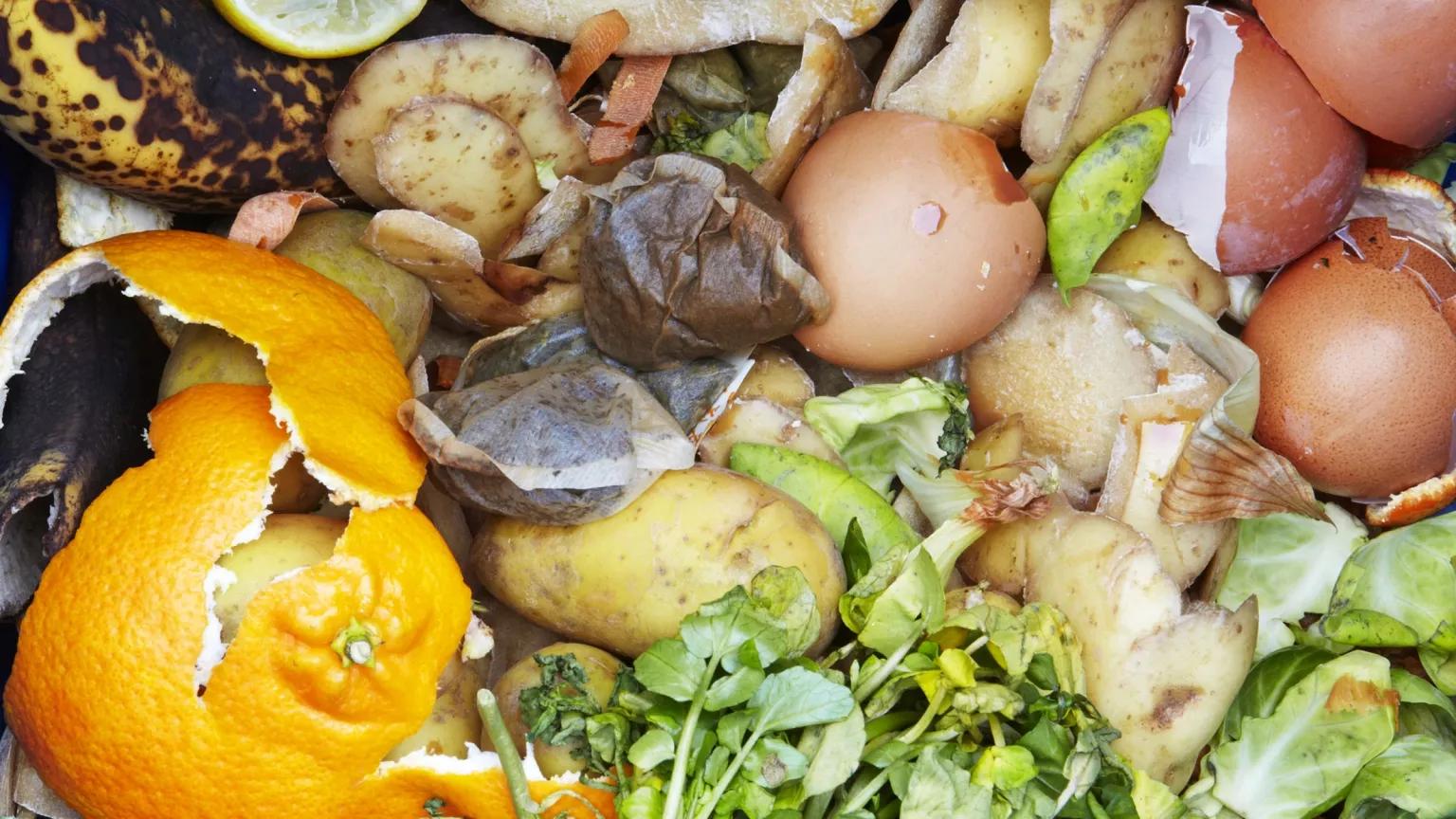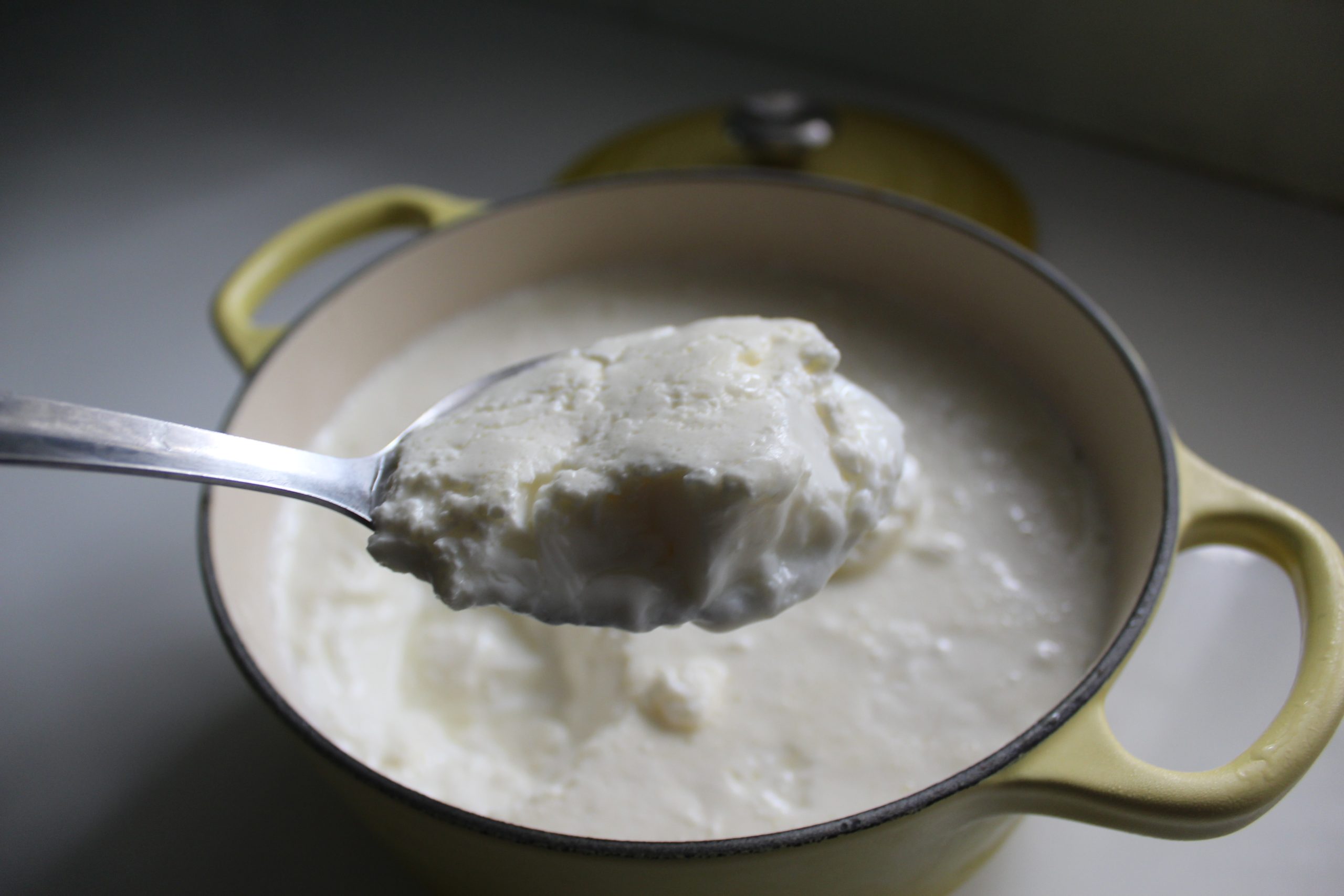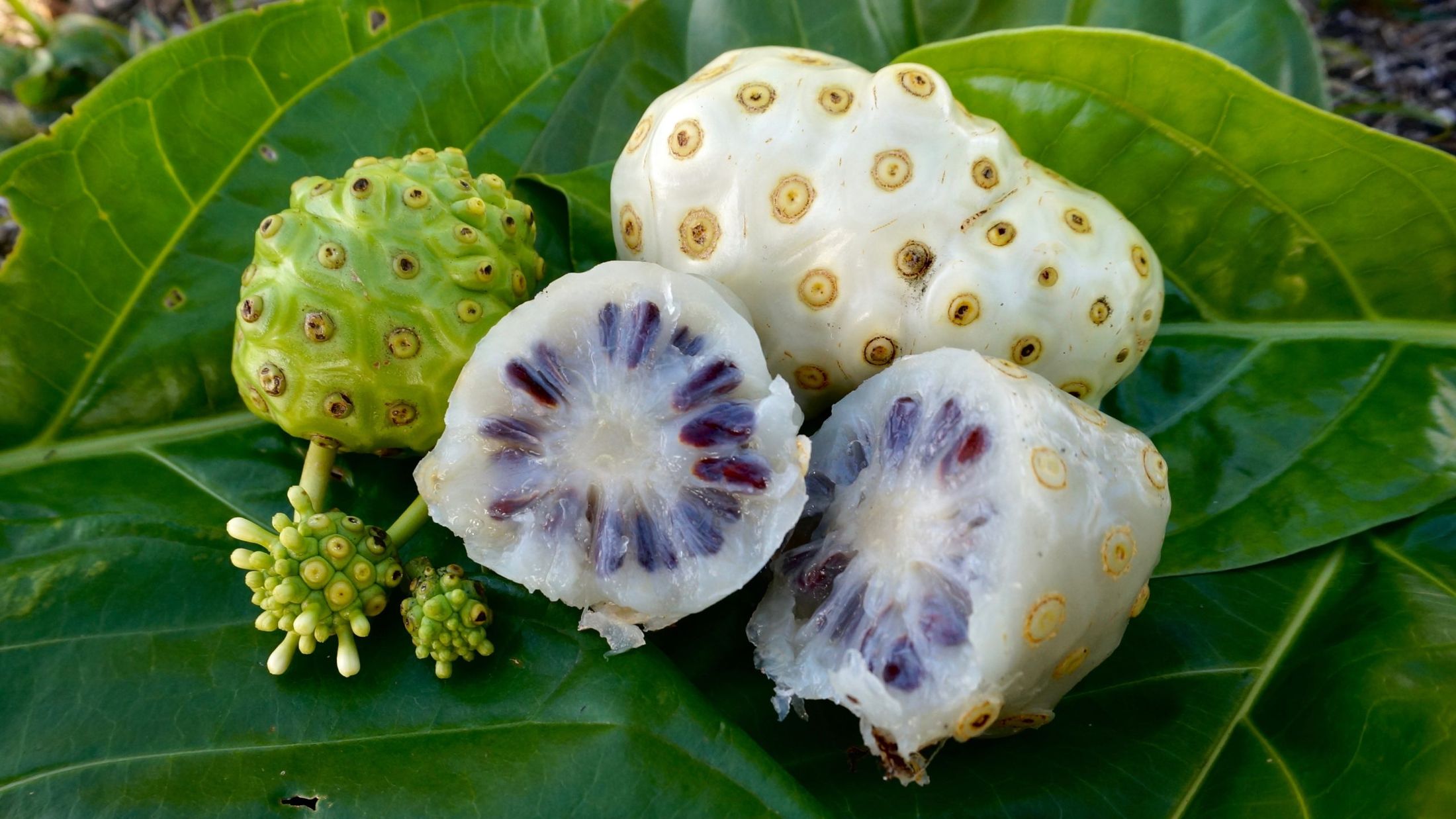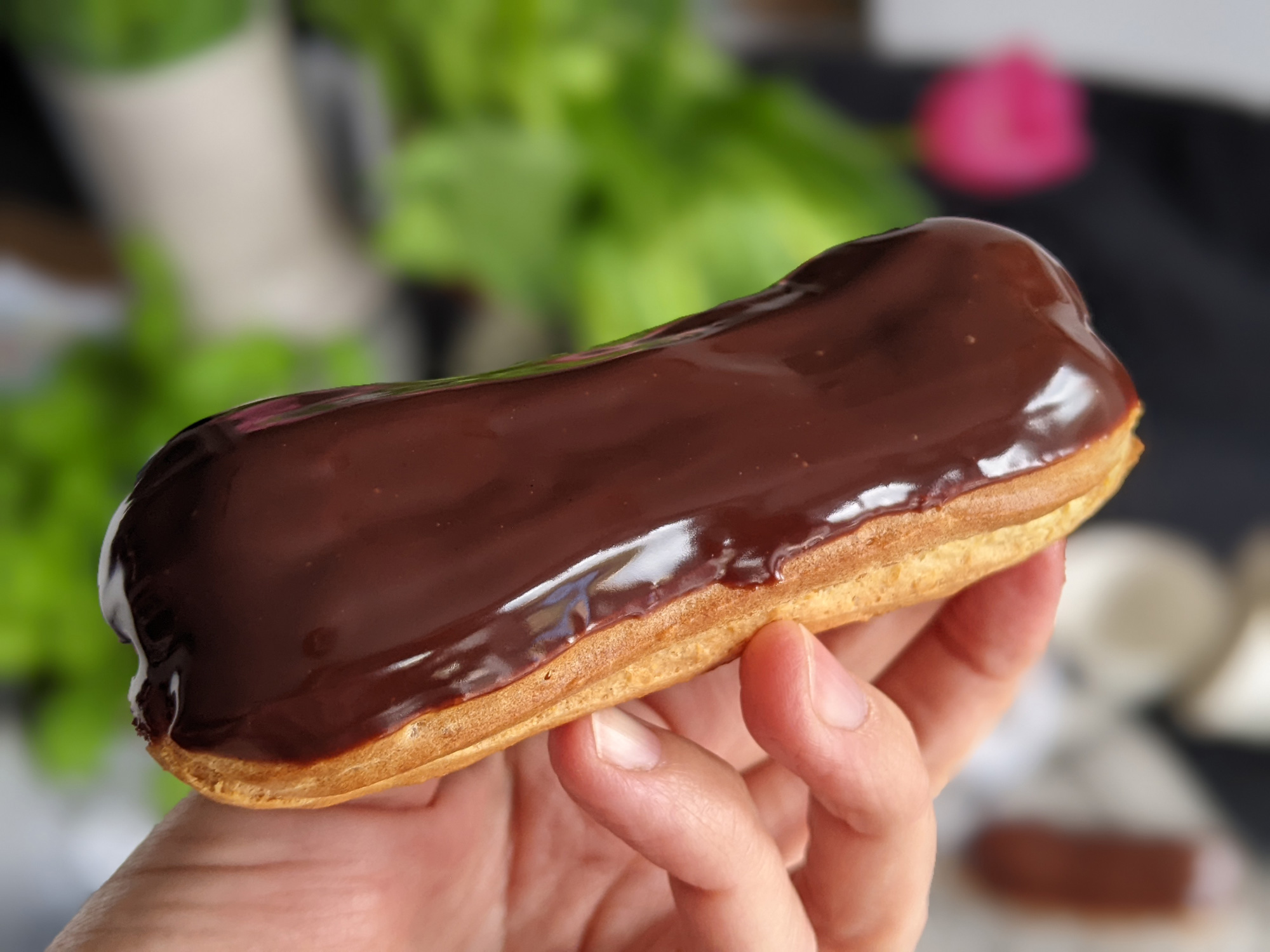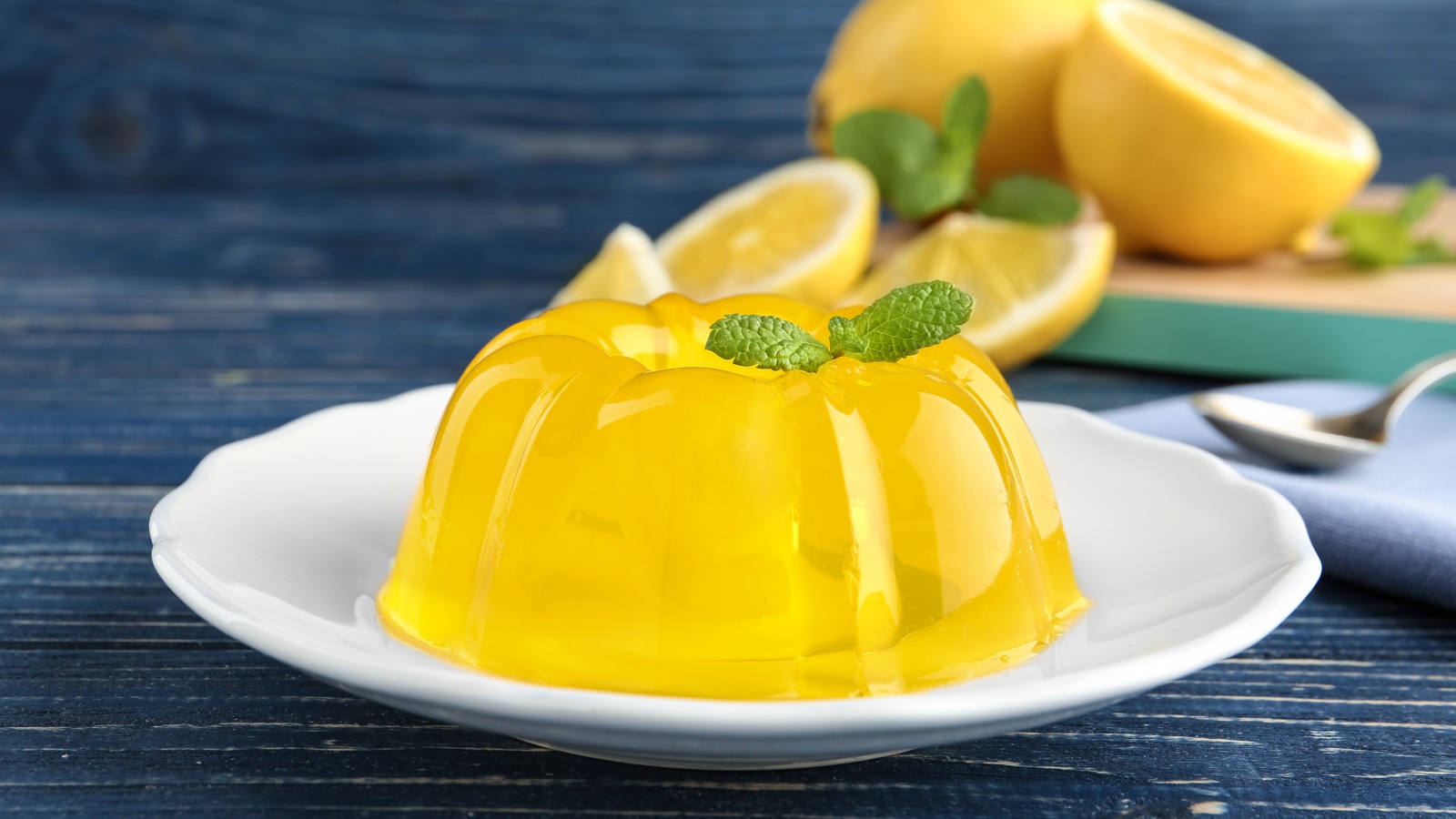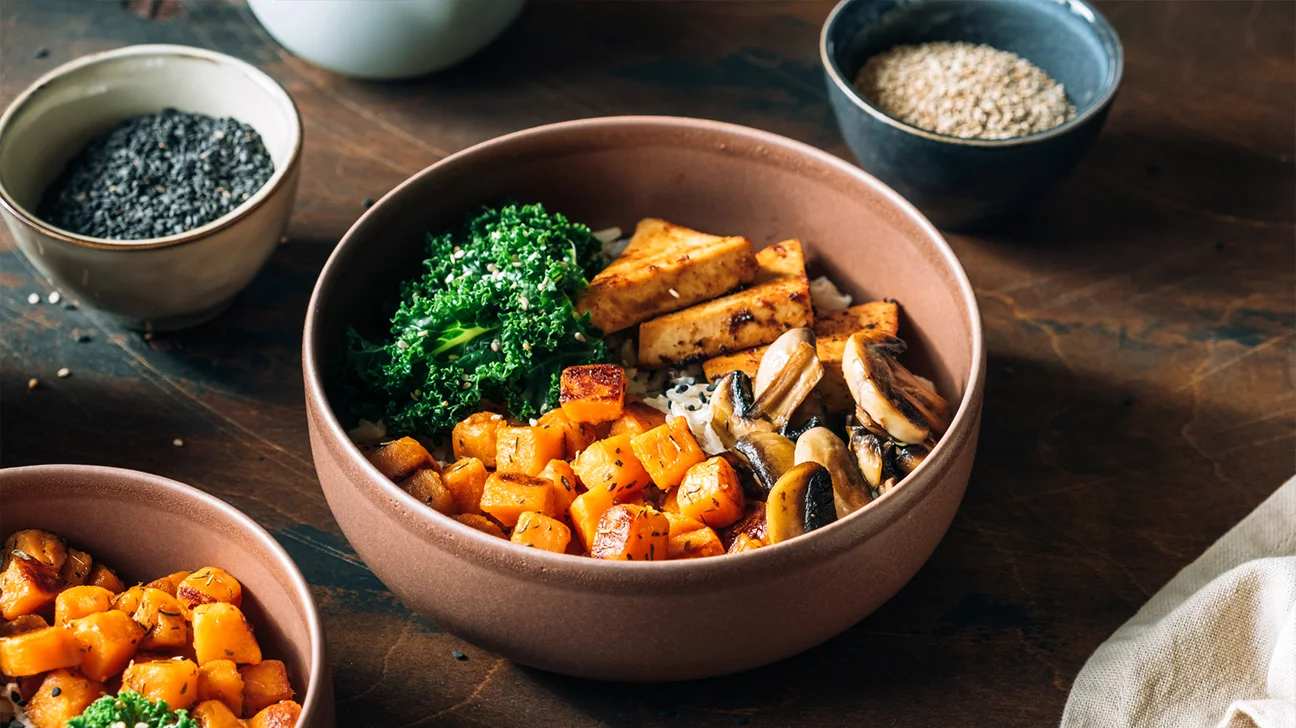Making fruit leather at home is a fun, tasty way to enjoy fruit. This chewy snack is perfect for kids and adults alike. With a few simple ingredients and some patience, you can create a healthy treat free from preservatives. Whether you prefer strawberries, apples, or a mix of fruits, the process remains straightforward. All you need is fresh fruit, a sweetener like honey, and a bit of lemon juice. Blend, spread, and dry—it's that easy. Let's dive into the steps to make your own delicious fruit leather at home.
Gather Your Ingredients for Mastering the Perfect Homemade Fruit Leather Surrealism
Mastering the Perfect Homemade Fruit Leather
- 4 cups fresh fruit (strawberries, mangoes, apples, etc.)
- 1/2 cup honey or maple syrup
- 1 tablespoon lemon juice
- 1 teaspoon vanilla extract (optional)
- Pinch of salt
Essential Tools for Crafting Fruit Leather
Tools Needed for Mastering the Perfect Homemade Fruit Leather
-
Blender or Food Processor
- Purees the fruit to a smooth consistency.
-
Baking Sheet
- Holds the fruit puree while it dries.
-
Parchment Paper or Silicone Baking Mat
- Prevents sticking and makes removal easy.
-
Offset Spatula
- Spreads the puree evenly on the baking sheet.
-
Oven or Dehydrator
- Dries the fruit puree into leather.
-
Sharp Knife or Kitchen Scissors
- Cuts the dried fruit leather into strips.
-
Airtight Container
- Stores the finished fruit leather to keep it fresh.
Blend ripe fruits, spread thin on a baking sheet, and dehydrate at low heat. Roll up for a healthy, homemade snack. Store in an airtight container to keep fresh.
The Importance of Perfecting Homemade Fruit Leather
Creating homemade fruit leather offers a delightful way to preserve seasonal fruits, ensuring you enjoy their flavors year-round. This process transforms ripe fruits into chewy, sweet snacks, perfect for healthy munching. It's a creative endeavor that reduces food waste, turning surplus produce into delicious treats.
Embracing the art of making fruit leather at home fosters a deeper appreciation for natural ingredients and the joy of crafting something from scratch. It's an engaging activity for families, teaching kids about food preparation and patience as they wait for the fruit to slowly dehydrate into their very own homemade snack.
Step-by-Step Guide to Mastering the Perfect Homemade Fruit Leather Surrealism
-
Select ripe or slightly overripe fruits since they provide the best flavor and sweetness for fruit leather. Popular choices include strawberries, apples, peaches, and mangoes.
-
Wash and prepare the fruits by removing pits, stems, and skins as needed. This step ensures a smooth texture for the final product.
-
Puree the fruits in a blender or food processor until smooth. For every 2 cups of fruit puree, you can add a tablespoon of lemon juice to preserve color and flavor.
-
Sweeten the puree if desired. Although optional, adding honey, sugar, or agave syrup can enhance the sweetness, especially if the fruits are not very ripe. Use sweeteners sparingly to maintain the fruit's natural flavors.
-
Spread the puree evenly on a silicone baking mat or a parchment paper-lined baking sheet. Aim for a thickness of about 1/4 inch, as this is ideal for drying without becoming too brittle.
-
Dehydrate the puree in an oven set to the lowest possible temperature, usually between 140°F to 170°F (60°C to 77°C), or use a dehydrator if you have one. The drying process can take anywhere from 4 to 8 hours, depending on the oven's temperature and the puree's thickness.
-
Check for doneness by touching the center of the fruit leather. It should be tacky but not wet. Edges might be a bit more dried but should not be crispy.
-
Cool the fruit leather at room temperature after removing it from the oven or dehydrator. This step is crucial for it to set properly and become pliable.
-
Peel off the fruit leather from the silicone mat or parchment paper. If it sticks, it might need more drying time.
-
Cut the fruit leather into strips or shapes using a knife or scissors. For easier handling, you can leave the parchment paper on the back and cut through both the leather and paper together.
-
Roll the strips for storage. This makes them fun to eat and convenient for packing in lunches or for on-the-go snacks.
-
Store the fruit leather in an airtight container. It can last for several weeks at room temperature or longer if refrigerated. Keep it away from direct sunlight and moisture to preserve its texture and flavor.
Crafting Your Culinary Masterpiece
Mastering homemade fruit leather is an adventure in both patience and creativity. With the right blend of ripe fruits, a dash of sweetener, and a sprinkle of time, you've got yourself a snack that's not only delicious but packed with natural goodness. Remember, the key to perfect fruit leather lies in the thickness of your puree spread and keeping a watchful eye during the drying process. Experiment with different fruits and flavors to create your unique combinations. Whether you're looking for a healthy snack for the kids or a tasty treat for your next hiking trip, homemade fruit leather is a versatile option that's sure to impress. So, grab your favorite fruits and let your culinary creativity run wild. Your perfect batch of fruit leather awaits!
Frequently Asked Questions About Homemade Fruit Leather
How do I make fruit leather at home?
Blend your favorite fruits until smooth. Spread the puree thinly on a baking sheet lined with parchment paper. Dry it in the oven at a low temperature (around 140°F) for several hours until it’s no longer sticky. Let it cool, then peel and cut into strips.
What fruits work best for fruit leather?
Berries, apples, peaches, and mangoes are great choices. You can mix and match to create unique flavors. Just make sure the fruits are ripe and sweet for the best results.
Can I add sugar or other sweeteners?
You can, but it’s optional. If your fruit isn’t sweet enough, add a bit of honey, agave, or sugar to taste. Remember, the drying process will concentrate the sweetness.
How do I store homemade fruit leather?
Once dried and cut, roll the strips in parchment paper and store them in an airtight container. They’ll last for several weeks at room temperature or longer in the fridge.
Can I make fruit leather without an oven?
Yes, a dehydrator works well for this. Spread the puree on the dehydrator trays and dry at the recommended temperature for fruit leathers. It might take a bit longer than the oven method.
Is fruit leather healthy?
Fruit leather is a healthy snack if made without added sugars or preservatives. It’s a great way to enjoy fruit on the go and can be a good source of vitamins and fiber.
Why is my fruit leather sticky?
If it’s sticky, it might not be fully dried. Return it to the oven or dehydrator for a bit longer. Make sure it’s completely cool before storing to avoid moisture buildup.
